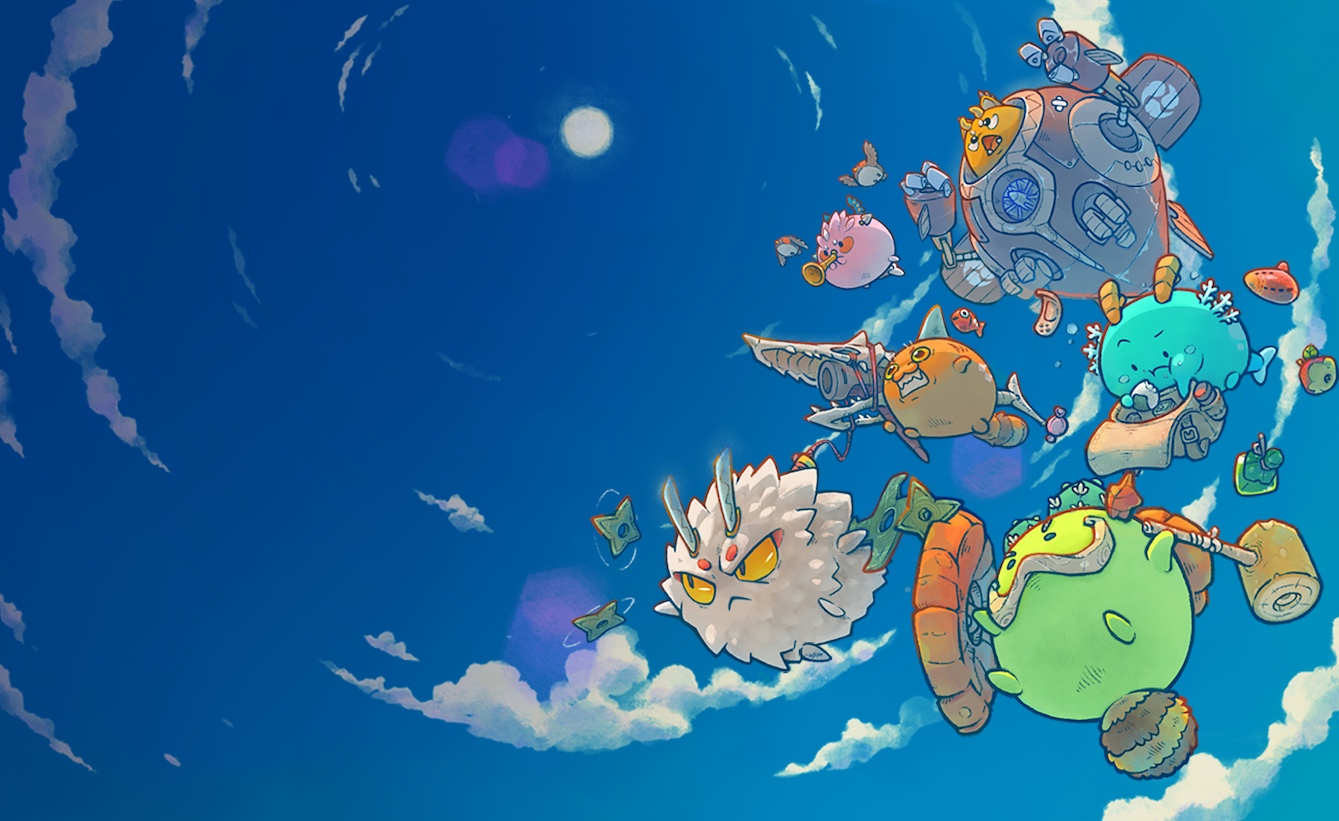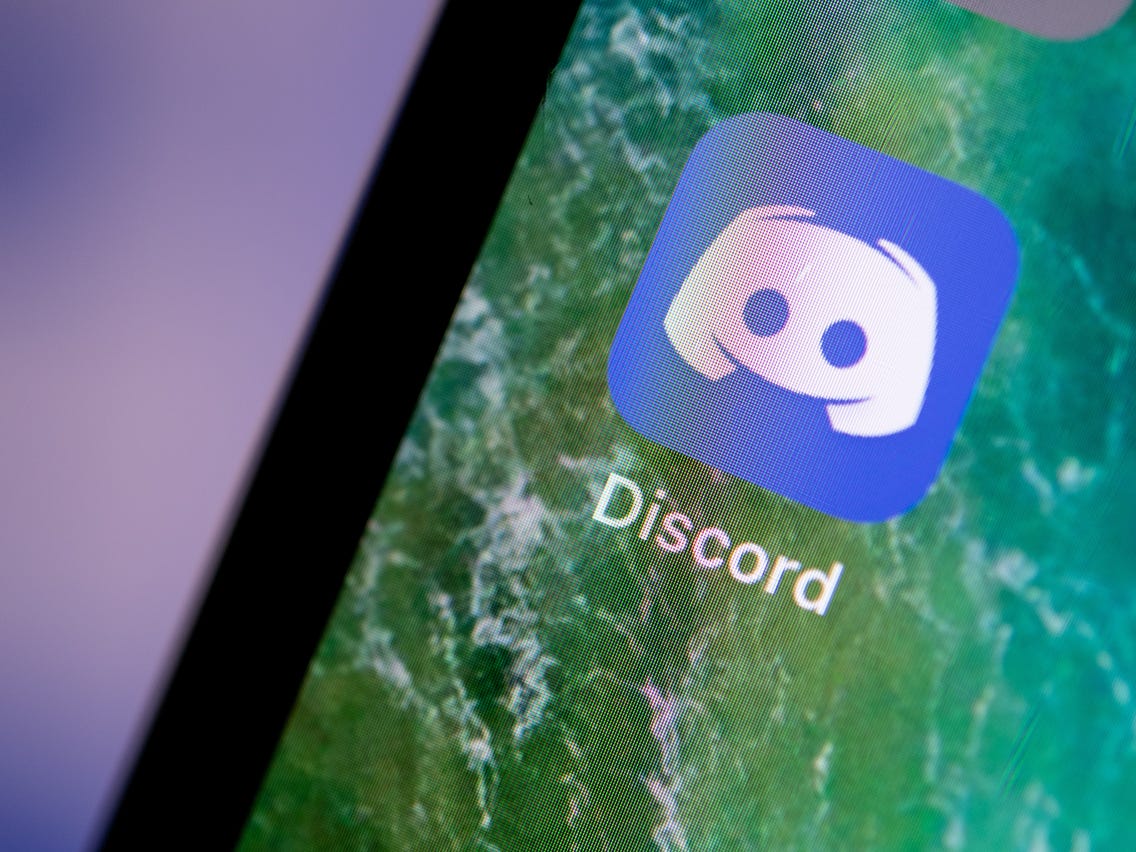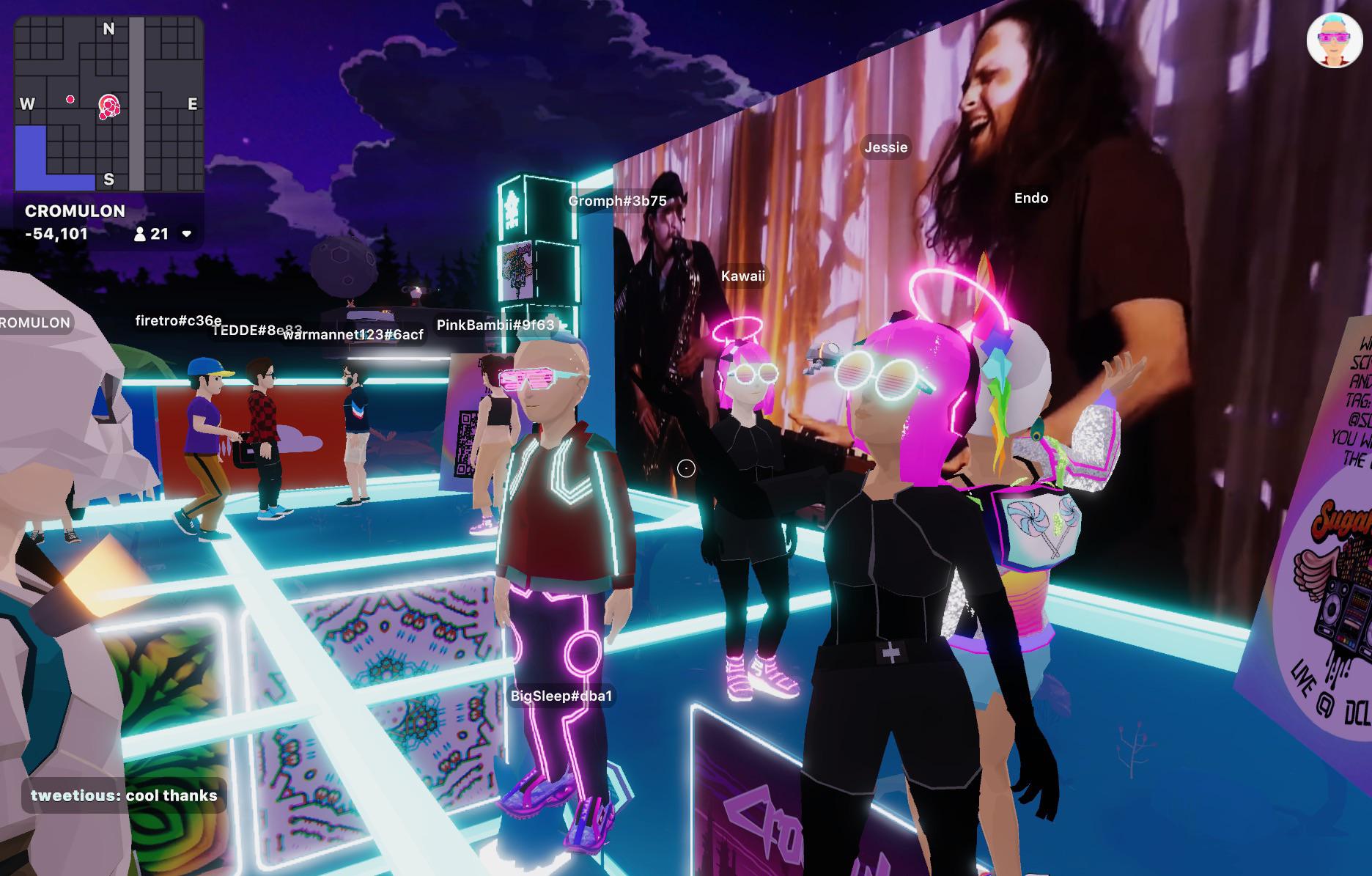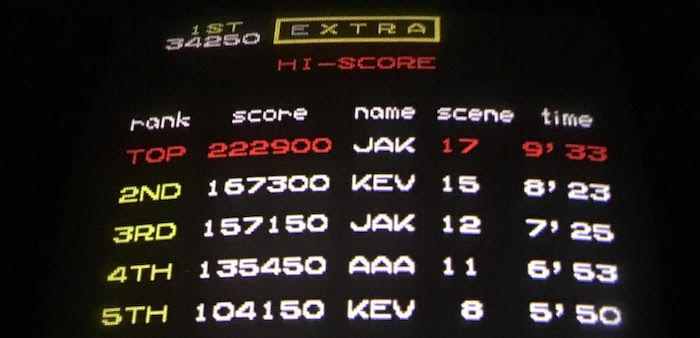Can Axie Infinity Really Help Alleviate Unemployment in Developing Countries?
The global COVID-19 pandemic has had a devastating effect on unemployment rates across all countries, but developing countries have been particularly affected.
In the Philippines, unemployment peaked at 40% in spring 2020 and the country experienced its worse GDP decline in decades. Mandatory lockdowns didn’t help the situation, as unemployed individuals had to find other ways to put food on the table.
As more and more people faced unemployment and poverty, blockchain-based online games became a viable way to make money.
The Axie Infinity Phenomenon
In Cabanatuan, Philipinnes, unemployed individuals turned to Axie Infinity – a Pokemon-inspired, play-to-earn game – to earn crypto. Young and old people alike found that Axie Infinity can be a real source of income, and some are making twice as much as they earned in previous jobs. (For reference: the minimum yearly salary in the Philippines is $2,696).

So how does it work?
Gamers earn NFTs by trading, breeding and battling these digital pets – which are called Axies. However, to get started you need three Axies at an upfront cost of $300 – which is more than most Filipinos can afford. Yield Guild Games (YGG), a pool of 2,500 people who believe in the “play-to-earn” model, was formed to mitigate this issue.
YGG invests in online games such as Axie Infinity by purchasing in-game assets such as Axies. YGG then “sublets” the assets to potential gamers so that they can kickstart their gaming career and make money.
This hierarchy also involves community managers who function as the intermediary between players and YGG and take a share of the player’s earning. Therefore, players keep 70% of the money they make by playing the game, community managers earn a 20% commission while YGG takes 10%.
Axie Infinity uses NFTs to cement ownership. To grow these digital pets, a player needs small-love potions (SLPs), which can be farmed or purchased. Both the SLPs as well as the digital pets can be sold off as NFTs, which can then be exchanged for the digital currency of choice.
What’s fascinating is that, as players get more involved in the game, they evolve into creators. Some of them end up being digital architects or digital fashion designers – and they’re actually paid for their creations.
Since NFTs are part of the Ethereum blockchain, players swap money via Ethereum. Since crypto prices and exchange rates are volatile, some players are complaining that the massive swings that characterise cryptocurrencies are affecting their income.
However, others praise the cryptosystem as, despite this innate volatility, it enables them to earn money without having to slave away at a “normal” job that pays them much less than what they’re earning via the game.
A move towards a borderless economy
Increasing globalisation has led to the borderless flow of capital and goods. While the elite and the investor class benefit from this system, the salaried workers haven’t managed to grab a slice of the pie, until now.
The digital economy, powered by the metaverse, is creating a borderless labour market that enables workers to make money without having to rely on a traditional employer. All they need is an internet connection and a smartphone.
They can play games that have been created in China or the U.S. from tiny villages in the Philippines, and exchange crypto for “traditional” money online through an online marketplace hosted in Switzerland.
Play-to-earn games are levelling the playing field by rewarding players who have the skills, rather than the money or opportunities. This creates a more meritocratic economy that promotes social mobility.
Web 3.0 and the creator economy
The digital and borderless economy, currently driven by play-to-earn games and their companies, are spearheading Web 3.0
According to Binance, “Web 3.0 is the next generation of Internet technology that heavily relies on the use of machine learning and artificial intelligence (AI).
Web 3.0, while not fully defined, could leverage peer-to-peer (P2P) technologies like blockchain, open-source software, virtual reality, Internet of Things (IoT), and more.”
This era of the internet is also defined by the creator economy, where everyone is becoming a creator and an investor.
Forward-facing companies are already investing in and benefitting from Web 3.0. In the last 6 months, Elon Musk and his followers have driven the meme currency Dogecoin up 26,000%. 46 million Americans own at least a share of Bitcoin. The GameStop mania, driven by the r/WallStreetBets subreddit, saw Robinhood adding over 1 million extra accounts.
Mirror – a crypto-based publishing platform – enables fans to invest in writers in turn for a share of the profits. Authors can now rely on fans, and not publishers and their advances, to fund their novel. Furthermore, Mirror pays authors every time someone cites their work.
Kalshi is another example of how every aspect of life is being financialised. The platform enables you to bet on real-life events, such as elections, sporting events and so on. Knowledge can be capitalised and careful research can reap financial rewards.
Instead of focusing on content expansion, Web 3.0 creators need to provide value to loyal fans a.k.a. subscribers. Up till now, subscribing to newsletters or Patreon usually means more content. However, creators should move away from obsessing over content creation, and start creating an environment where the subscriber feels truly valued and invested in the creator’s work.
The new era of tiered membership should focus on providing products or services that are outside of the content realm. These can include exclusive Zoom hangouts with your favourite creator, a fan-exclusive Discord server, limited NFTs, access to drafts and works-in-progress, access to Q&As etc.
Final notes
The evolution of the internet, the metaverse and the creator economy mean that, in 10 years, the average Joe will be able to work in a borderless economy that’s more meritocratic than the current capitalist-worker system.
Consumers will become creators and investors. The line between the “fan” and the “creator” will become increasingly blurry. We’ll become invested in other people’s success, as subscribing to someone’s channel means that we’ll financially benefit from their projects.
Developing countries such as the Philippines are leading the way as people are forced to find new ways to survive. Filipinos are dealing with their country’s broken socioeconomic system by adopting new technologies and adapting to new ways of working. In turn, these metaverse settlers are smashing the glass ceiling and making money on their own terms.






